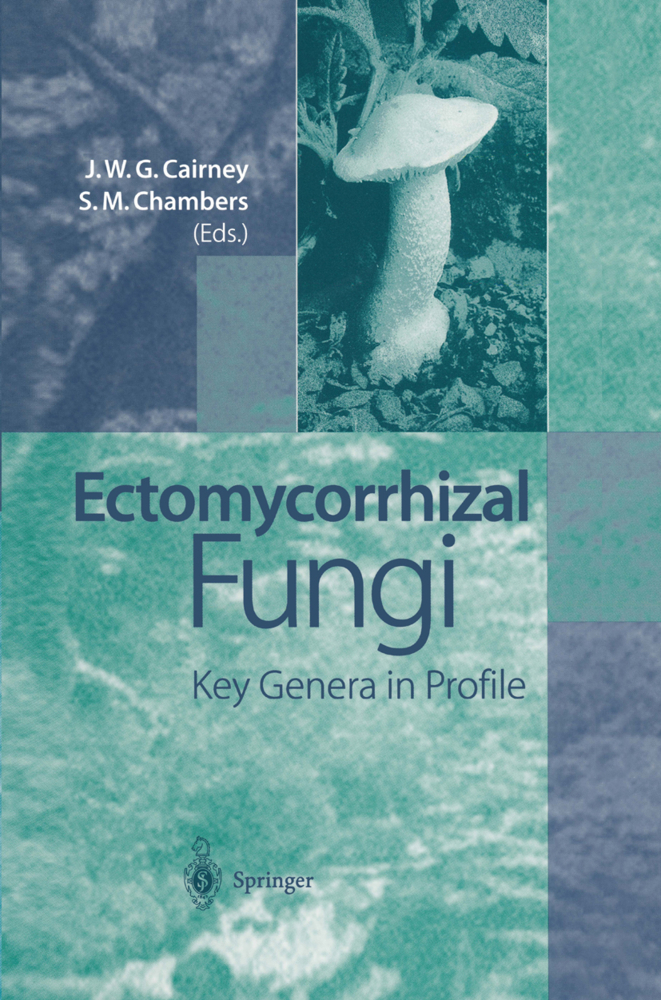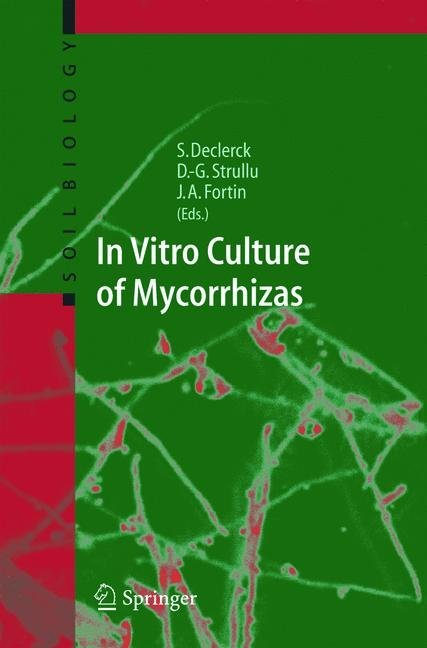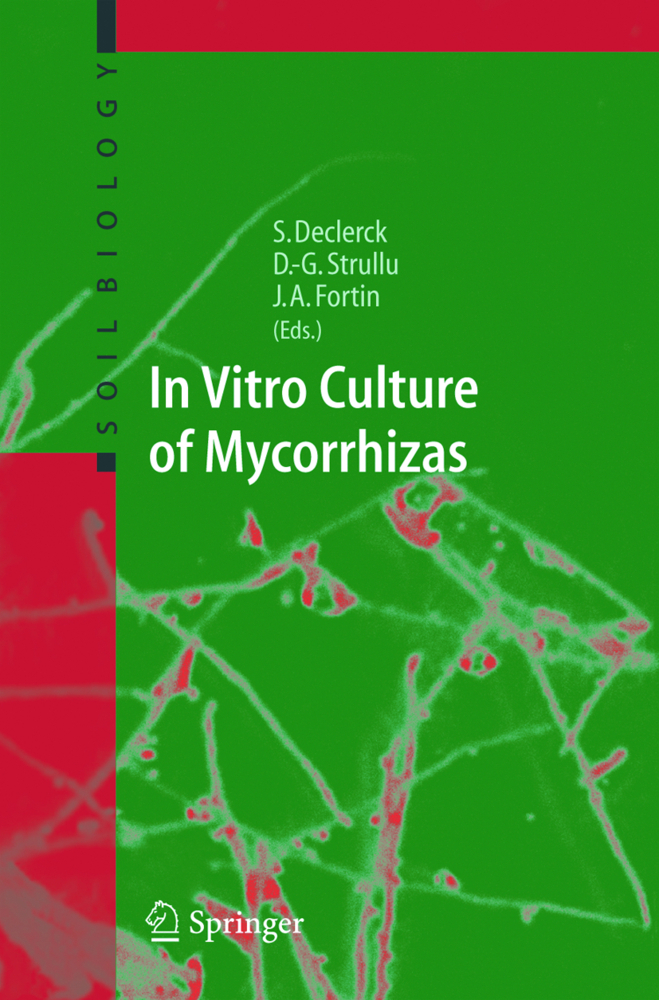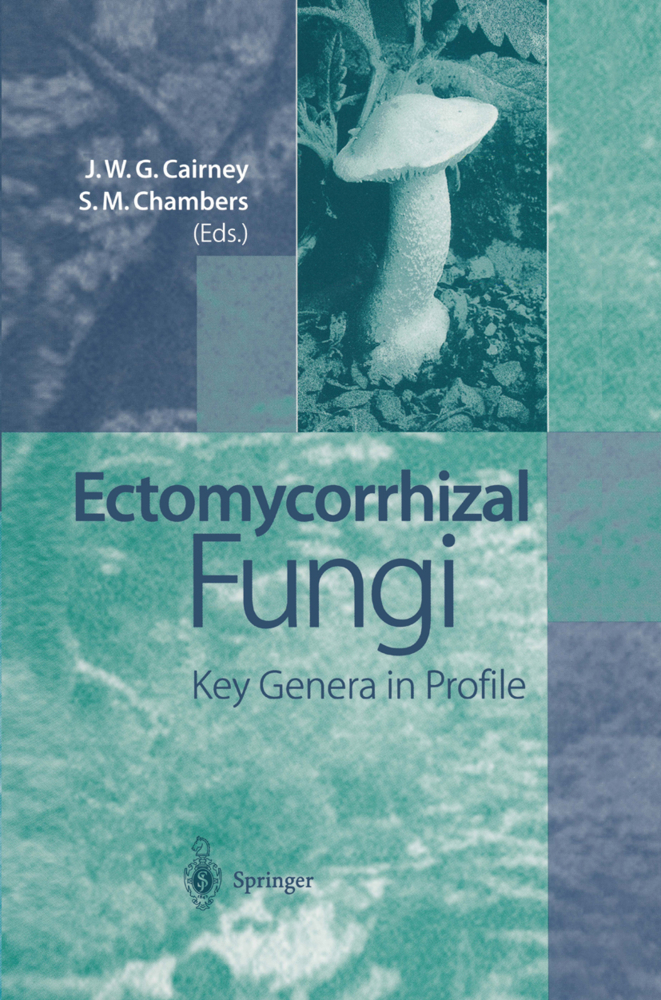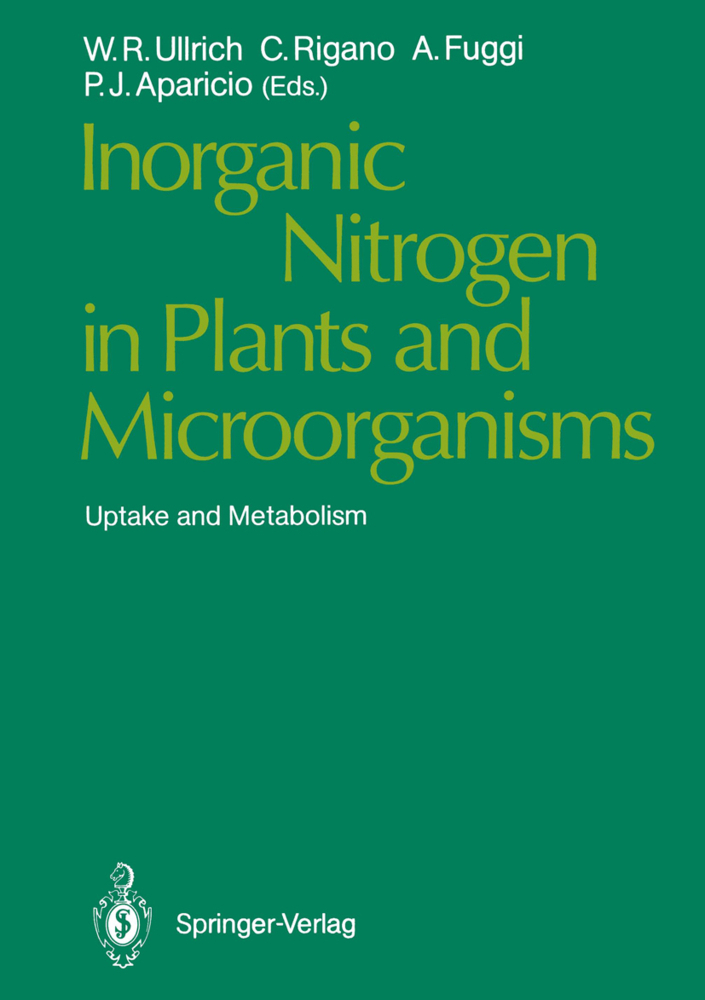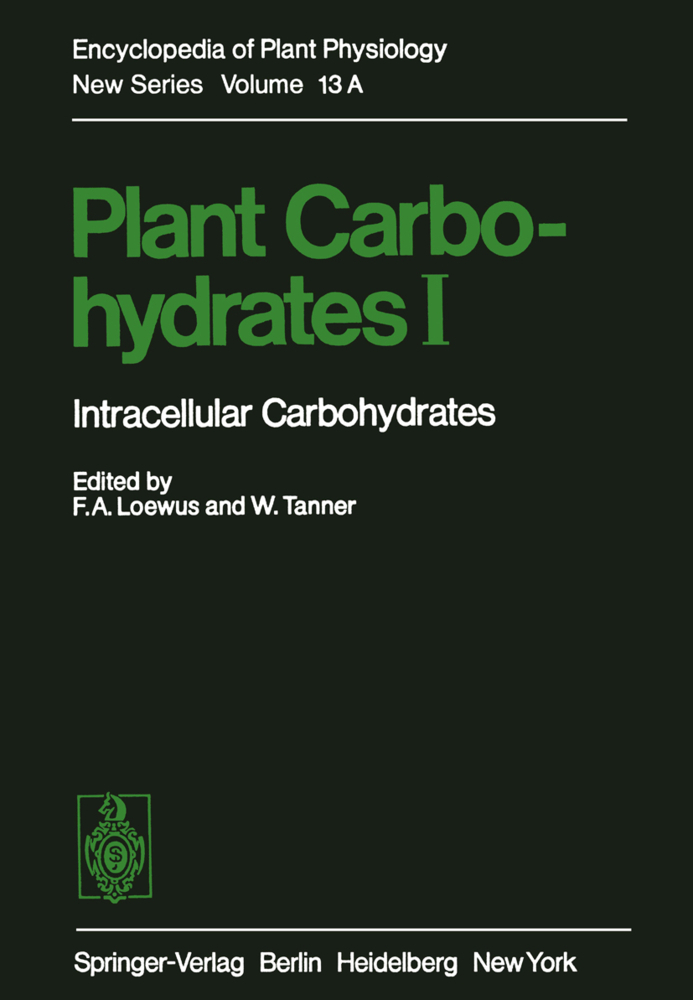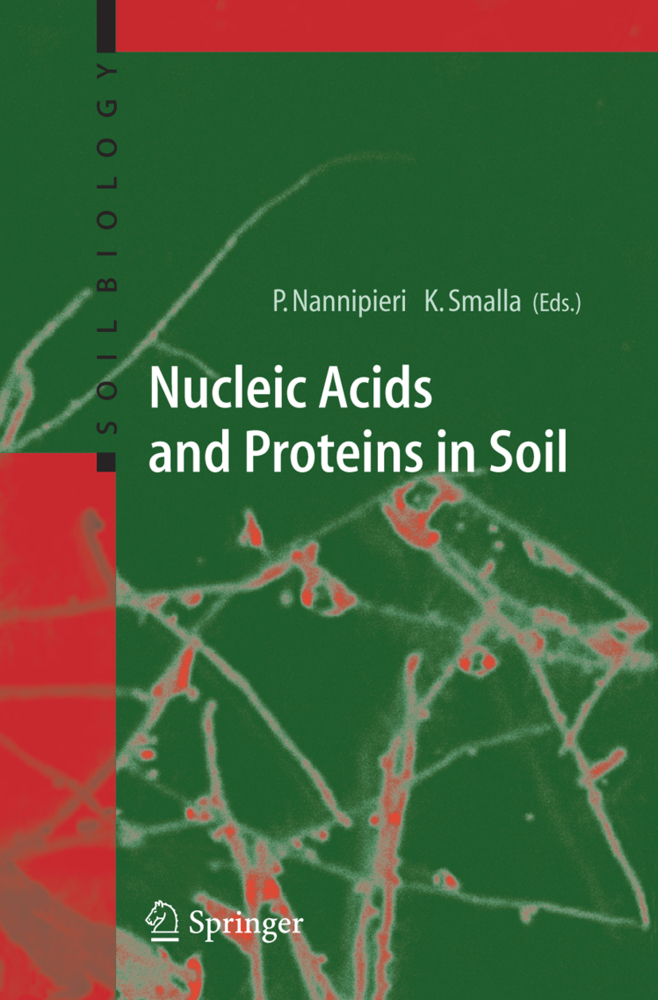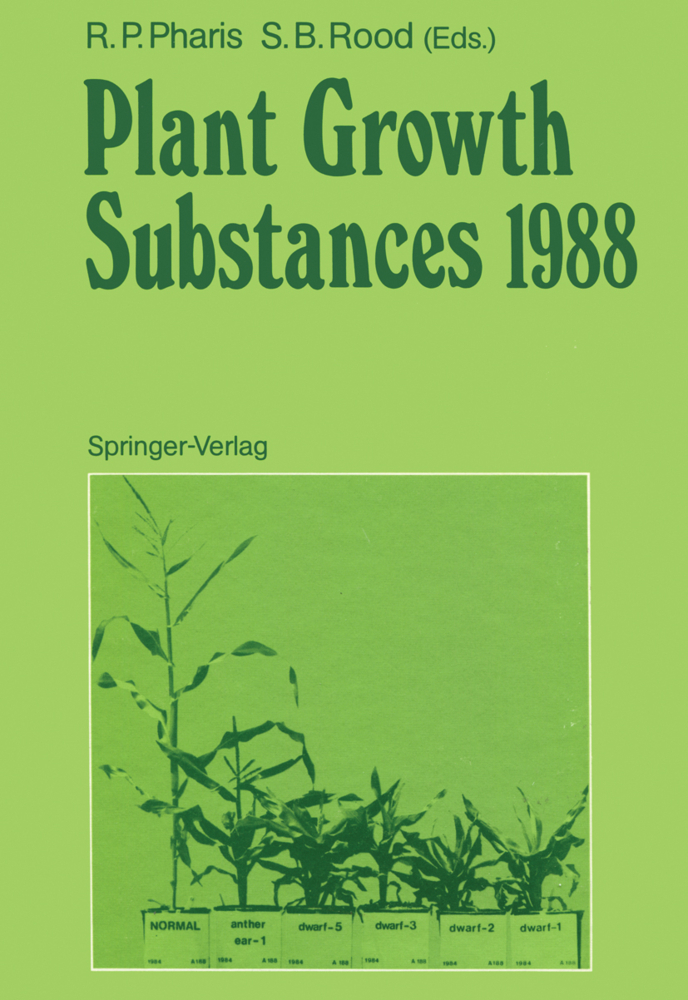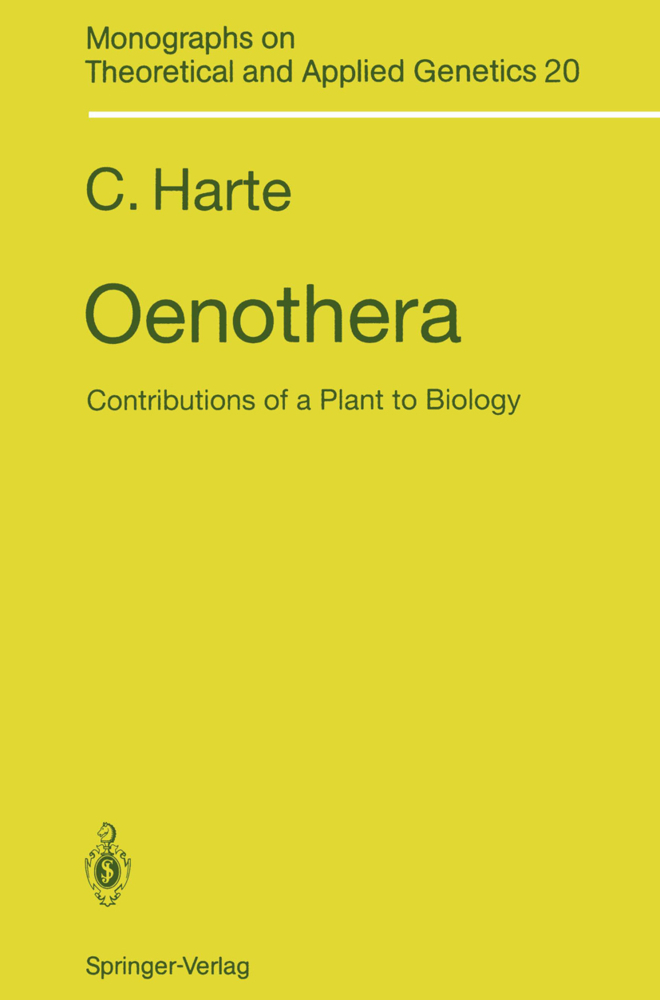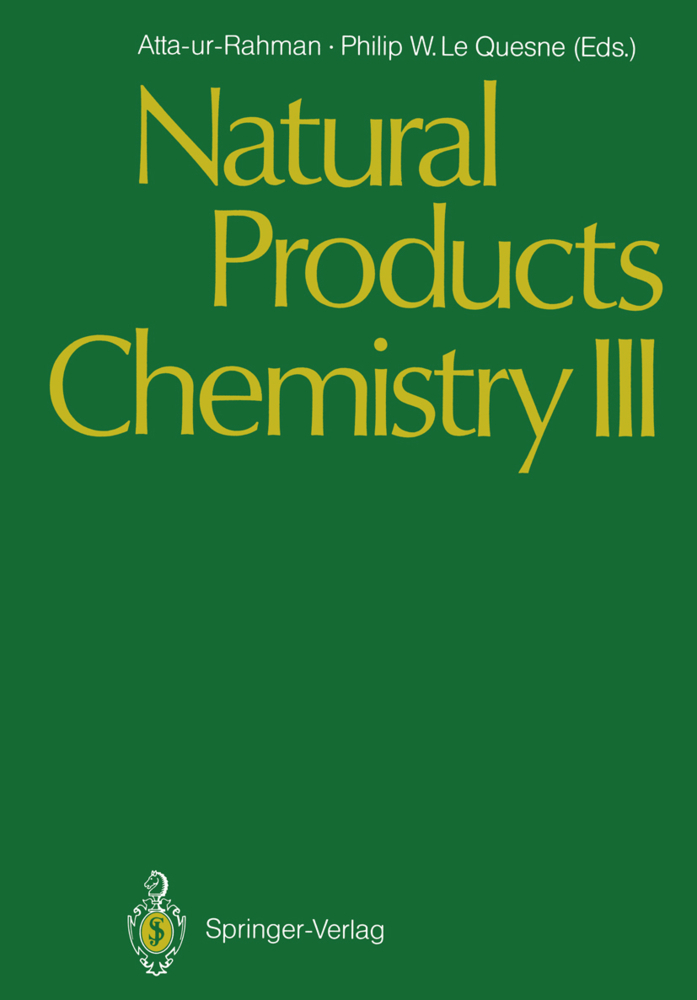Most plants rely on the co-existence with microorganisms: both groups benefit from these symbioses. It has been shown that a large number of specific genes in plants and microorganisms are only activated during these interactions. Of course, various microbes also act as pathogens.
Interactions between plants and microorganisms are often located on plant surfaces, such as leaf cuticles, seeds and mainly on the roots. The communication between plants and microbes is the main topic treated in "Plant Surface Microbiology", such as the signaling within a symbiosis, the molecular differences between symbiotic and pathogenic microorganisms, the role of microorganisms in the development of plants or in plant protection against deleterious agents. Further contributions are devoted to: the analysis of bacterial communities in the rhizosphere; microbial population genetics; aspects of mycorrhizal symbiosis; functional genomic approaches and the use of microorganisms as bio-indicator of soil disturbance.
1;Preface;5
Interactions between plants and microorganisms are often located on plant surfaces, such as leaf cuticles, seeds and mainly on the roots. The communication between plants and microbes is the main topic treated in "Plant Surface Microbiology", such as the signaling within a symbiosis, the molecular differences between symbiotic and pathogenic microorganisms, the role of microorganisms in the development of plants or in plant protection against deleterious agents. Further contributions are devoted to: the analysis of bacterial communities in the rhizosphere; microbial population genetics; aspects of mycorrhizal symbiosis; functional genomic approaches and the use of microorganisms as bio-indicator of soil disturbance.
1;Preface;5
2;Contents;7
3;Contributors;24
4;1 The State of the Art;31
5;2 Root Colonisation Following Seed Inoculation;42
5.1;1 Introduction;42
5.2;2 Bacterial Root Colonisation;42
5.3;3 Analysis of Tomato Root Tip Colonisation After Seed Inoculation Using a Gnotobiotic Assay;43
5.4;4 Genetic Tools for Studying Root Colonisation;47
5.5;5 Behaviour of Root-Colonising Pseudomonas Bacteria in a Gnotobiotic System;51
5.6;6 Influence of Abiotic and Biotic Factors;54
5.7;7 Conclusions;57
5.8;References and Selected Reading;57
6;3 Methanogenic Microbial Communities Associated with Aquatic Plants;63
6.1;1 Introduction;63
6.2;2 Role of Plants in Emission of CH4 to the Atmosphere;63
6.3;3 Role of Photosynthates and Plant Debris for CH4 Production;66
6.4;4 Methanogenic Microbial Communities on Plant Debris;68
6.5;5 Methanogenic Microbial Communities on Roots;70
6.6;6 Interaction of Methanogens and Methanotrophs;72
6.7;References and Selected Reading;73
7;4 Role of Functional Groups of Microorganisms on the Rhizosphere Microcosm Dynamics;79
7.1;1 Introduction;79
7.2;2 General Aspects of Functional Groups of Soil Microorganisms;80
7.3;3 Carbon Cycle Functional Groups;81
7.4;4 Functional Groups of Microrganisms of the Nitrogen Cycle;83
7.5;5 Functional Groups of Microrganisms of the Sulphur Cycle;85
7.6;6 Functional Groups of Microrganisms of the Phosphorus Cycle;87
7.7;7 Dynamics of the Rhizosphere Functional Groups of Microrganisms;88
7.8;8 Relationship Among r and k Strategist Functional Groups;89
7.9;9 Arbuscular Mycorrhizal Fungi Dynamics in the Rhizosphere;89
7.10;10 Dynamics Among the Functional Microrganism Groups of the Carbon, Nitrogen, Phosphorus and Sulphur Cycles;93
7.11;References and Selected Reading;96
8;5 Diversity and Functions of Soil Microflora in Development of Plants;98
8.1;1 Introduction;98
8.2;2 Functional Diversity of Soil Microflora;99
8.3;3 Role of Soil Microflora in Plant Development;103
8.4;4 Plant Growth Promoting Substances Produced by Soil Microbes;115
8.5;5 Conclusions;117
8.6;References and Selected Reading;118
9;6 Signalling in the Rhizobia-Legumes Symbiosis;126
9.1;1 Introduction;126
9.2;2 The Signals from the Host Plants;128
9.3;3 Signals from the Microsymbionts;134
9.4;4 Signal Perception and Molecular Biology of Nodule Initiation;138
9.5;References and Selected Reading;141
10;7 The Functional Groups of Micro-organisms Used as Bio- indicator on Soil Disturbance Caused by Biotech Products such as Bacillus thuringiensis and Bt Transgenic Plants;147
10.1;1 Introduction;147
10.2;2 General Aspects of Bacillus thuringiensis;148
10.3;3 Survival in the Soil;149
10.4;4 History of Bacillus thuringiensis-Transgenic Plants;150
10.5;5 Persistence of the Protein Crystal in the Soil;151
10.6;6 Effect of Bacillus thuringiensis and Its Bio-insecticide Protein on Functional Soil Microorganism Assemblage;152
10.7;References and Selected Reading;156
11;8 The Use of ACC Deaminase-Containing Plant Growth- Promoting Bacteria to Protect Plants Against the Deleterious Effects of Ethylene;159
11.1;1 Introduction;159
11.2;2 Ethylene;160
11.3;3 ACC Deaminase;161
11.4;4 Conclusions;166
11.5;References and Selected Reading;167
12;9 Interactions Between Epiphyllic Microorganisms and Leaf Cuticles;171
12.1;1 Introduction;171
12.2;2 Physical and Chemical Parameters of the Phyllosphere;173
12.3;3 Leaf Surface Colonisation and Species Composition;175
12.4;4 Alteration of Leaf Surface Wetting;176
12.5;5 Interaction of Bacteria with Isolated Plant Cuticles;178
12.6;6 Conclusions;179
12.7;References and Selected Reading;180
13;10 Developmental Interactions Between Clavicipitaleans and Their Host Plants;183
13.1;1 Introduction;183
13.2;2 Endophyte/Epibiont Niche;183
13.3;3 Coevolution of Clavicipitalean Fungi with Grass Hosts;184
13.4;4 The Jump from Insects to Plants;184
13.5;5 Developmental Differentiation of Endophytic and Epiphyllous Mycelium;186
13.6;6 Modificati
Varma, Ajit
Abbott, Lynette K.
Werner, Dietrich
Hampp, Rüdiger
| ISBN | 9783540740513 |
|---|---|
| Artikelnummer | 9783540740513 |
| Medientyp | E-Book - PDF |
| Copyrightjahr | 2008 |
| Verlag | Springer-Verlag |
| Umfang | 628 Seiten |
| Sprache | Englisch |
| Kopierschutz | Adobe DRM |

